Alexey Lukin, Daria Kalinkina, Denis Kubasov
Most images coming from digital stills cameras are contaminated with
noise. Here we illustrate some algorithms for suppression of white noise in digital
images.
The noise is assumed stationary, white (or at least wideband), and
non-correlated with image. Noise of digital cameras approximately satisfies these
conditions.
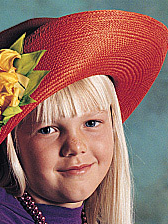 Clean image |
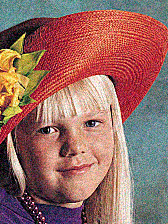 Noisy image |
Simplest methods for noise reduction (or denoising) just blur
the image in areas where no image details are present. Near details the blur amount is
reduced or no blurring is performed at all. Usually such methods have rather low quality,
they leave noisy contours around image details and blur some image details.
Most popular methods for noise reduction are wavelet thresholding
methods. Wavelet transform has the energy compaction property, i.e. it compacts energy of
most useful image details into relatively small number of wavelet coefficients. Therefore
we can zero (or lower the magnitude of) the rest of coefficients assuming them to be
noise, and perform the inverse wavelet transform to restore the denoised image. Wavelet
transform allows to suppress noise across various scales, including large-scale
low-frequency noises.
 Noisy image |
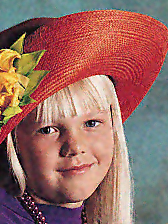 Adaptive blur |
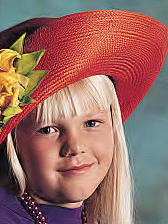 Wavelet thresholding |
We propose the algorithm that is based on paper "Adaptive Principal
Components and Image Denoising" (Muresan, Parks, 2003). The adaptive denoising
using principal component analysis (PCA) has been improved and hybridized with wavelet
transform. This has enabled us to reduce the Gibbs phenomenon (ringing) that appeared in
the original PCA-denoising.
Publication
Here you can download our paper from "Lomonosov 2005" conference
(in Russian): "Combining PCA and
Wavelet Transforms for Image Denoising" (PDF).
The accompanying presentation (in Russian,
Power Point format) can also be downloaded.
Literature
- Pizurica, Zlokolica, Philips,
"Combined Wavelet Transform and Temporal Video Denoising"
- Chang, Yu,
Vetterli, "Spatially Adaptive Wavelet Thresholding with Context Modeling for Image
Denoising"
- Marpe, Cycon,
Zander, Barthel, "Context-based Denoising of Images Using Iterative Wavelet
Thresholding"
- Muresan, Parks,
"Adaptive Principal Components and Image Denoising"
Results
The proposed algorithm features high quality of PCA denoising and at the
same time addresses its artifacts: significantly reduces Gibbs phenomenon and effectively
suppresses large-scale low-frequency noise. If compared with wavelet thresholding methods,
our algorithm better adapts to edges and lines of different orientations.
 Wavelet denoising |
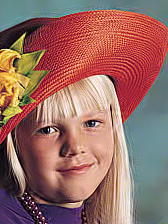 PCA denoising |
 Proposed method |
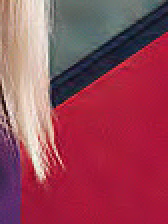 Wavelet denoising |
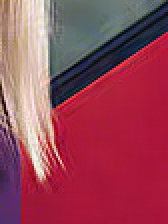 PCA denoising |
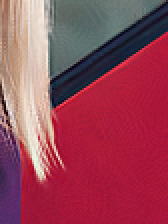 Proposed method |
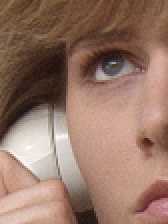 Clean image |
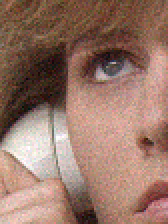 Noisy image |
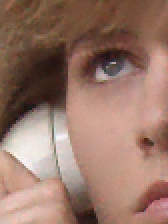 Adaptive blur |
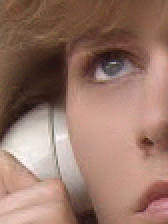 Wavelet denoising |
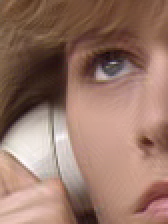 PCA denoising |
 Proposed method |